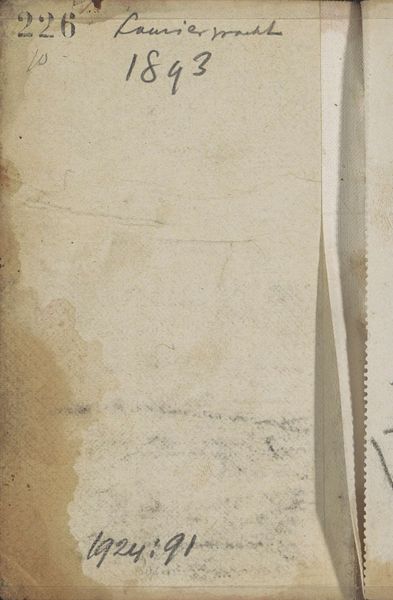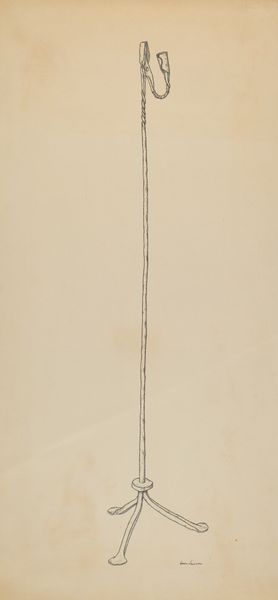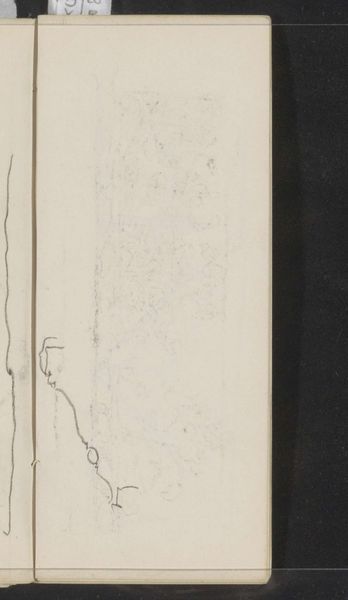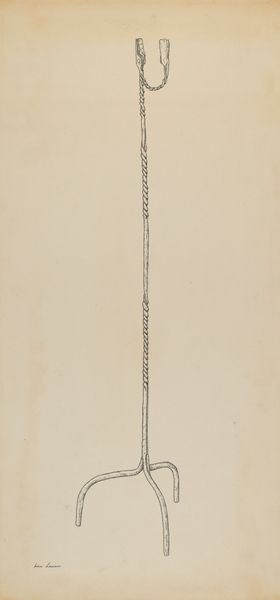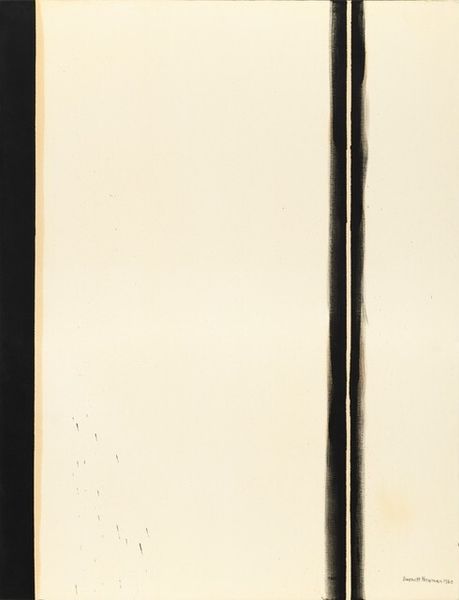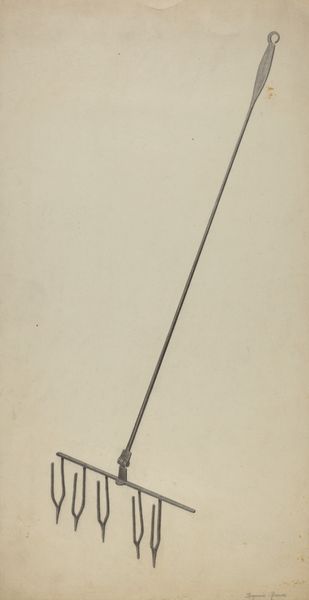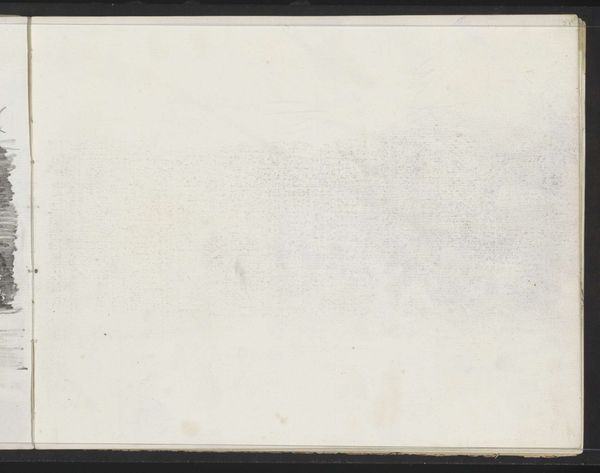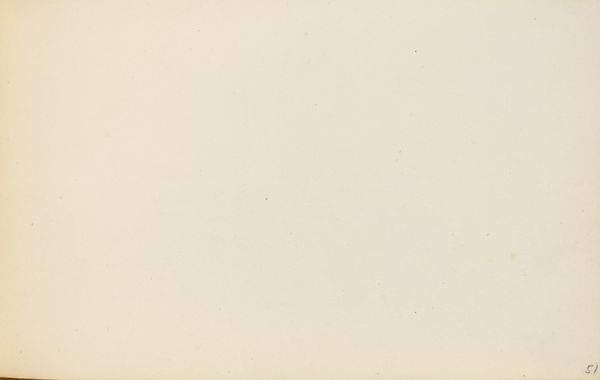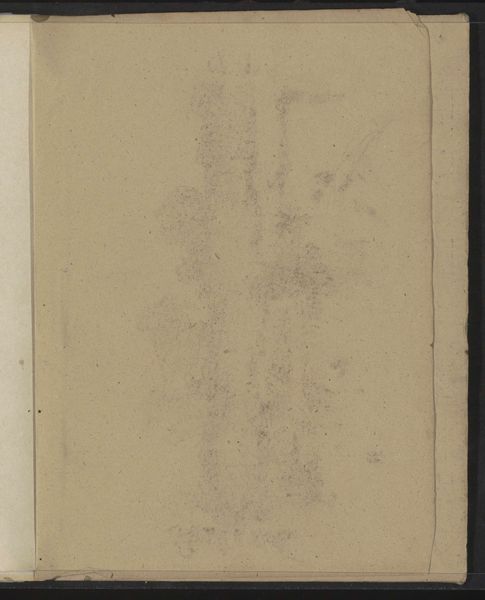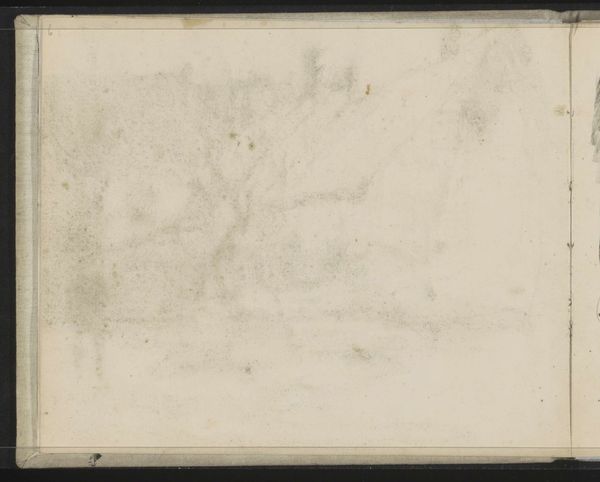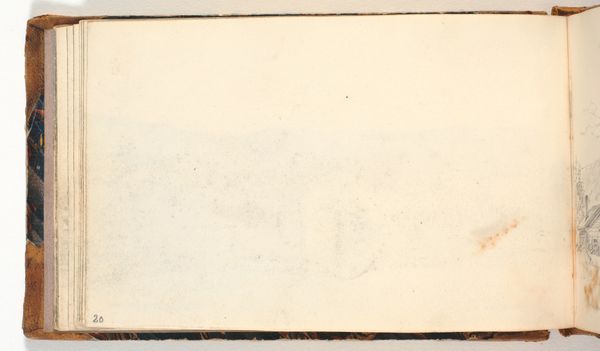
drawing, watercolor
#
drawing
#
water colours
#
watercolor
#
modernism
Dimensions: overall: 11.6 x 48.5 cm (4 9/16 x 19 1/8 in.)
Copyright: National Gallery of Art: CC0 1.0
Editor: This is John Greenwell's "Shaker Clay Pipe" from around 1941, rendered in watercolor. It’s a rather unassuming image, quite minimal in its composition, featuring just the single pipe against a creamy background. What catches your eye in this seemingly simple piece? Curator: The deliberate elongation of the pipe’s stem immediately commands attention. The contrast between the bulbous, terracotta-colored bowl and the attenuated, cylindrical stem generates a palpable tension. This tension isn't merely visual, but rather, evokes a certain quietude and perhaps even asceticism. Editor: Asceticism? How so? Curator: Notice the evenness of the light and the careful delineation of form, as if isolating the object to fully experience the simple pleasure the pipe provides, unadorned and presented plainly in all its materiality. The almost stark linearity could also symbolize a departure from elaborate worldly excess, reduced to pure utility and appreciation for minimalist aesthetics. Editor: So the very shape and colour choices work together to imply deeper ideas beyond just a pipe? Curator: Precisely. One must appreciate the artist’s rigorous constraint in deploying such limited means – line, light and subtle color gradations - to construct such a compelling image. A rigorous approach emphasizes how much form contributes to content in art. What elements of formalism intrigue you most? Editor: I think the way the artist used visual tension and deliberate choices in form have broadened my interpretation. Thanks for sharing your insight on Greenwell's art. Curator: A careful study of visual form yields ever new insight!
Comments
No comments
Be the first to comment and join the conversation on the ultimate creative platform.
